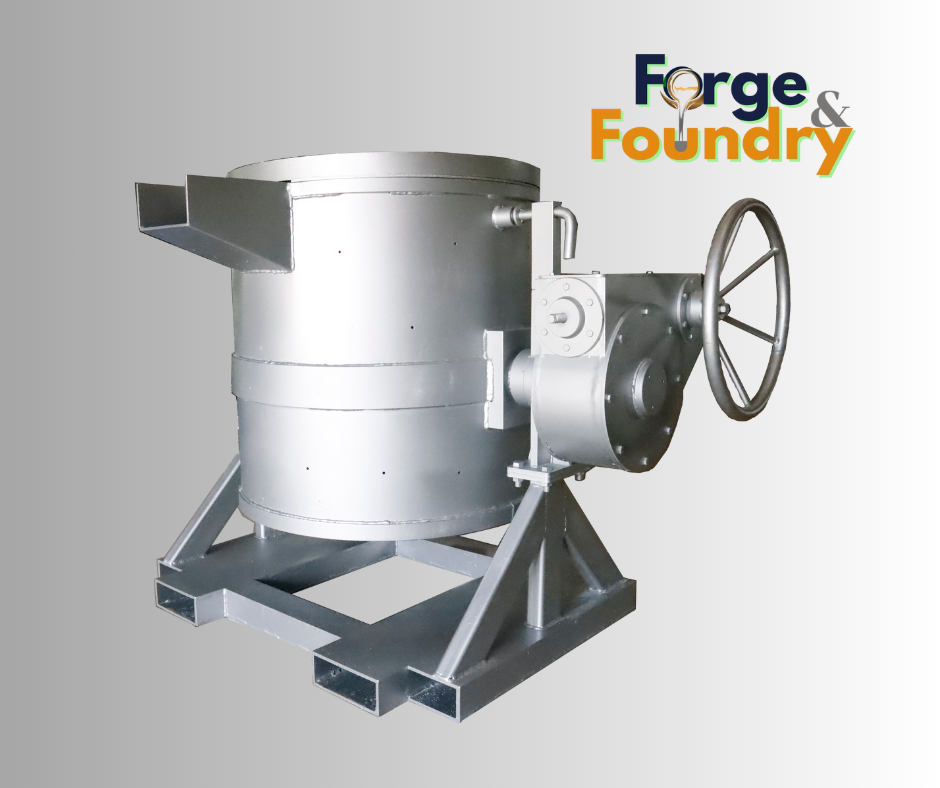
A molten metal transfer ladle is a fundamental piece of equipment in any foundry, serving the critical purpose of safely and efficiently transporting molten metal from melting or holding furnaces to the casting station or directly into molds. In high-temperature environments like aluminum foundries, these ladles are subjected to extreme heat and thermal cycling, making their design and material composition paramount. Beyond mere transportation, the ladle's ability to maintain the molten metal's temperature and cleanliness during transit is vital for preventing quality issues in the final cast product. A well-designed transfer ladle minimizes heat loss, prevents re-oxidation, and ensures a smooth, controlled pour, all of which are essential for producing defect-free castings.
The construction of a high-quality molten metal transfer ladle involves specialized refractory linings and robust outer shells designed to withstand the immense heat and weight of the liquid metal. These materials are chosen for their excellent thermal insulation properties, resistance to metal adhesion, and durability against mechanical stress. Ladles can vary in size and design, from smaller hand-held versions for intricate pouring to large, crane-mounted types for high-volume production. Regardless of size, their ergonomic design and precise pouring mechanisms contribute significantly to operator safety, operational efficiency, and ultimately, the consistent quality of castings in modern foundries.
| Advantages & Benefits | Types |
|---|---|
|
|